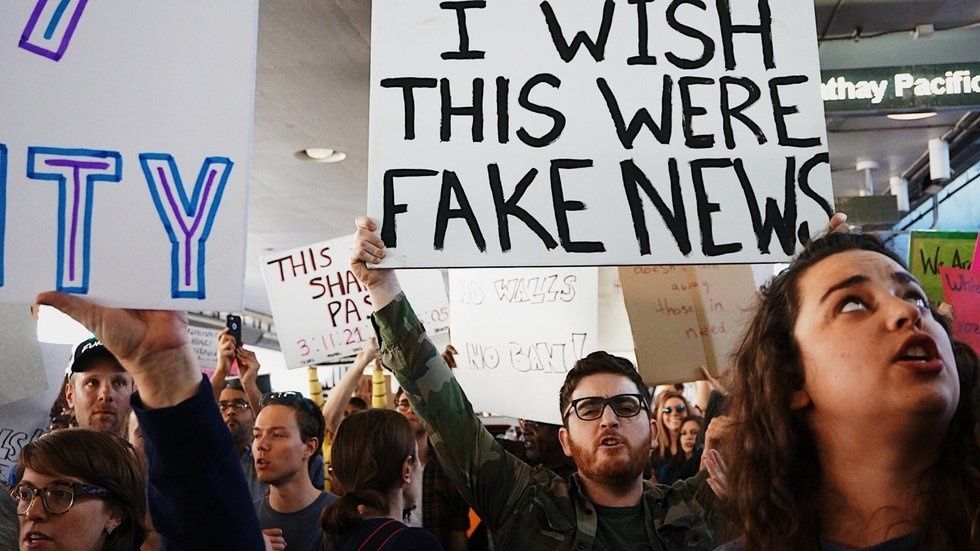On April 16, 1947, Bernard Baruch, advisor to Woodrow Wilson, coined the historic term "Cold War" in reference to the tense relations between the U.S. and the Soviet Union. "Let us not be deceived;" Baruch said, "we are today in the midst of a Cold War. Our enemies are to be found abroad and at home. Let us never forget this: Our unrest is the heart of their success."
Today, in 2019, it is my belief that we have once again found ourselves in the midst of a Cold War. However, this time around, our enemies are more at home than abroad. And, once again, our unrest is the heart of their success. Who is the enemy, you may ask? Our fellow Americans. The ever-growing partisan divides of our nation have created a Cold War situation between Democrats and Republicans-- our nation is at war and Washington is the main battlefield.
One of the most visible instances which we see this Cold War play out is within the executive branch. Over the past 20 years, the inauguration of every new President has jolted the American people in the opposite ideological direction. As the White House switches between Democrats and Republicans every term or two, with each new President comes the reversal of the previous President's policies. For instance, Obama spent the majority of his two terms crafting the Affordable Care Act but the current administration has made drastic cuts immediately and coverage for preexisting conditions is still in limbo. It is also easy to assume that if the pendulum swings again with the 2020 elections, Trump's tax plan will also be reversed. No matter what side of this "Cold War" you fall on, it can be agreed that when the government takes one step forward then two steps back at every turn it is not adequately serving the public. Even the American public is spending more time fighting with each other than getting out to vote. So of course, our politicians are also spending more time arguing and tearing down policy than working together to create bi-partisan legislation and serve the public.
So, what can we do about it? Well, as usual, I have presented a specific and pressing issue but I don't have a particularly simple or step-by-step solution for it. But what I can say is that looking back through history there is a clear and obvious progression-- the right has gone further right and the left has, and is still, moving further left. However, a growing political chasm does not necessarily entail volatility. Obviously, we don't all agree, and we don't need to all agree, but if we spent less time fighting on Twitter and in Instagram comments and made sure to vote instead, we might be able to put an end to this. I mean actually taking the time to vote at every opportunity, not just for the President every four years. This is our best chance at ending the Cold War between Democrats and Republicans because instead of mirroring our arguments, they will have no choice but to follow suit with our votes and work together to create legislation that represents us all.
- Partisan Divide | HuffPost ›
- Bridging The Partisan Divide: Can Infrastructure Unite Democrats ... ›
- Partisan divides over political values widen | Pew Research Center ›
- How Identity, Not Issues, Explains the Partisan Divide - Scientific ... ›
- Americans' growing partisan divide: 8 key findings | Pew Research ... ›
- Republicans, Democrats grow further apart on top priorities for the ... ›
- Trump vs. Obama: a new theory of why Republicans and Democrats ... ›






 The minimum wage is not a living wage.
StableDiffusion
The minimum wage is not a living wage.
StableDiffusion
 influential nations
StableDiffusion
influential nations
StableDiffusion












